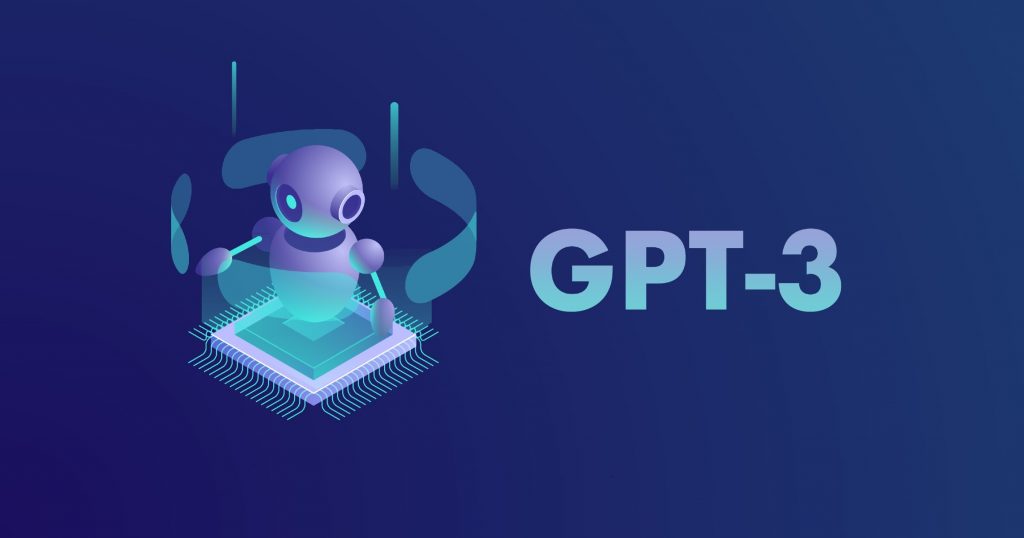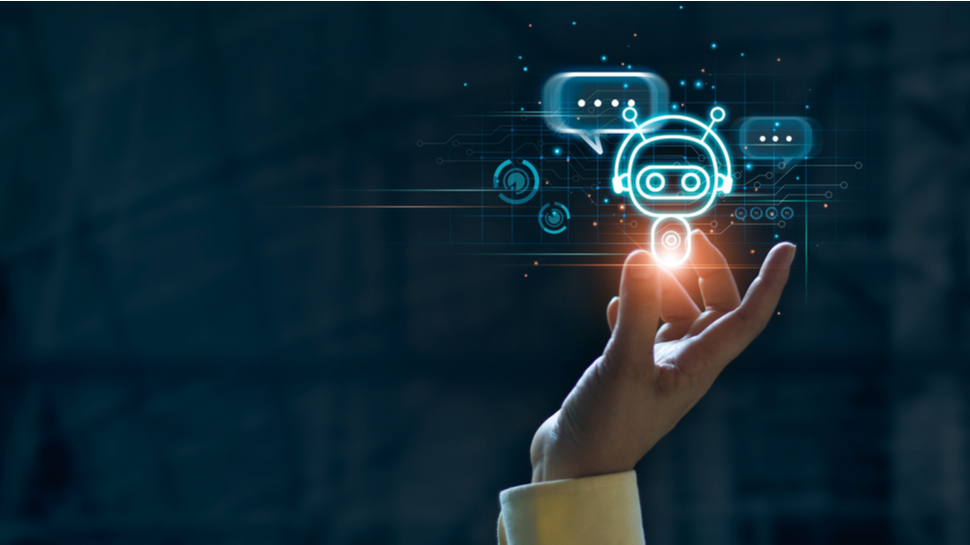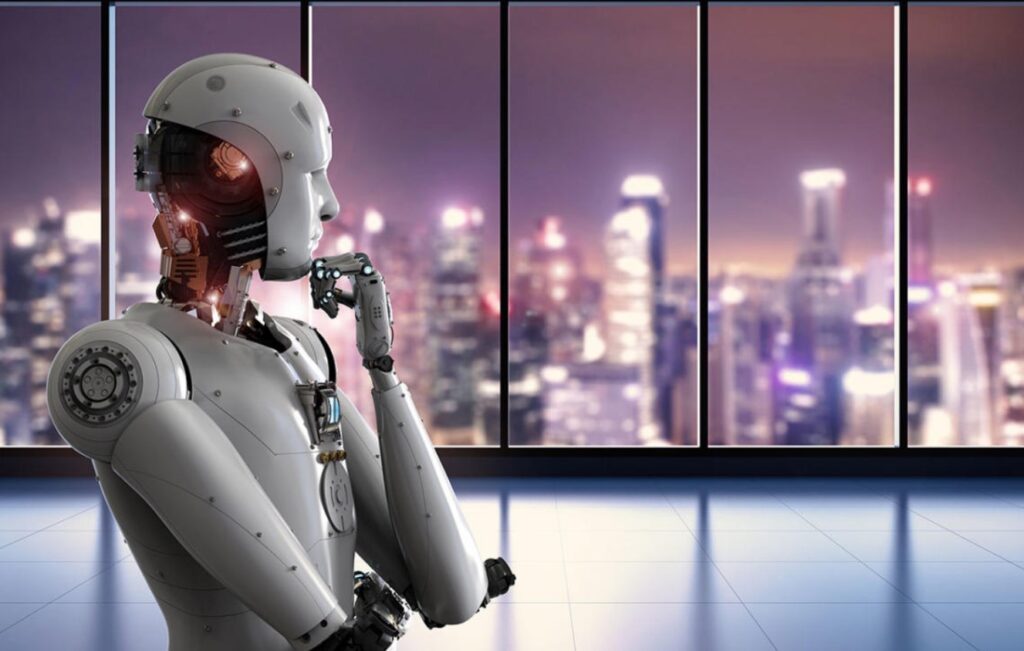
The Future of Chatbot Technology
Chatbots have revolutionized the way we interact with technology, providing us with virtual assistants, customer support, and personalized recommendations. Among the latest advancements in chatbot technology is GPT-3 (Generative Pre-trained Transformer 3), a powerful language model that has taken conversational AI to new heights. In this article, we will explore the fascinating world of GPT-3, its capabilities, and the future implications it holds for chatbot technology.

Evolution of Chatbot Technology
Chatbot technology has come a long way since its early days. Initially, chatbots relied on predefined rules and scripted responses, often resulting in limited and rigid interactions. However, with advancements in Natural Language Processing (NLP) and machine learning algorithms, chatbots have become more sophisticated and capable of understanding and generating human-like conversations.
GPT-3: An Overview
GPT-3 stands at the forefront of modern chatbot technology. Developed by OpenAI, GPT-3 is an autoregressive language model that excels in natural language understanding and generation. With a whopping 175 billion parameters, GPT-3 has the ability to process and analyze vast amounts of text data, enabling it to provide highly accurate and contextually relevant responses.
How GPT-3 Works

The training process of GPT-3 involves exposing the model to massive datasets, allowing it to learn the statistical patterns and structures of human language. This enables GPT-3 to generate coherent and contextually appropriate responses based on the input it receives. GPT-3 utilizes a Transformer architecture, which allows for parallel computation and efficient processing of sequential data.
Applications of GPT-3 in Chatbots
GPT-3’s capabilities have unlocked a wide range of applications in the field of chatbot technology. Chatbots powered by GPT-3 can engage in more natural and meaningful conversations with users. They can provide personalized recommendations, assist in language translation, and offer reliable customer support services. GPT-3’s versatility makes it an invaluable tool for businesses across various industries.
Advantages of GPT-3 in Chatbot Technology

The integration of GPT-3 in chatbot technology brings several advantages. Firstly, it enhances the user experience by providing more accurate and relevant responses. Secondly, GPT-3 reduces the need for human intervention, leading to improved time and cost efficiency. Additionally, its scalability and adaptability make it suitable for handling diverse user demands.
Limitations of GPT-3
Despite its remarkable capabilities, GPT-3 does have certain limitations. The model may struggle with complex contextual understanding, sometimes producing responses that lack coherence. Moreover, GPT-3’s dependence on large-scale training data makes it challenging to generalize to new or specialized domains. Ethical concerns, such as bias in the model’s outputs, also need to be addressed.
Future Implications of GPT-3

The future of chatbot technology with GPT-3 looks promising. As the model continues to evolve, chatbots will become even more advanced in understanding and generating human-like conversations. GPT-3 can be integrated with other emerging technologies like augmented reality and virtual reality, opening up new possibilities for immersive and interactive chatbot experiences.
Challenges and Ethical Considerations
As chatbot technology progresses, it is crucial to address the challenges and ethical considerations it presents. Privacy and data security must be prioritized to ensure user trust and protection. Responsible AI development practices should be implemented to avoid potential biases and unfair treatment. Transparency and accountability are essential to build a robust and ethical chatbot ecosystem.
Conclusion
GPT-3 represents a significant leap forward in chatbot technology, pushing the boundaries of what is possible in natural language understanding and generation. With its massive scale and advanced capabilities, GPT-3 offers exciting opportunities for businesses and users alike. As the technology continues to evolve, we can expect more seamless and intuitive interactions with chatbots, ultimately transforming the way we engage with AI-driven systems.
FAQs (Frequently Asked Questions)
How does GPT-3 differ from previous chatbot models?
GPT-3 stands out from previous chatbot models due to its massive size and complexity, with 175 billion parameters. This enables it to understand and generate human-like conversations more accurately and contextually.
Can GPT-3 understand and respond to multiple languages?
Yes, GPT-3 has the ability to understand and respond in multiple languages. Its extensive training data allows it to process and generate text in various languages proficiently.
Is GPT-3 capable of learning from user interactions?
GPT-3, by itself, does not have a learning mechanism. However, it can be fine-tuned using user feedback and reinforcement learning, enabling it to improve and adapt based on user interactions.
Are there any limitations to GPT-3’s conversational abilities?
While GPT-3 exhibits impressive conversational abilities, it may sometimes produce responses that lack coherence or fail to grasp complex contextual nuances. This limitation arises from the model’s reliance on statistical patterns rather than true understanding.
How can businesses leverage GPT-3 for customer support?
Businesses can utilize GPT-3-powered chatbots for efficient and personalized customer support. These chatbots can handle a wide range of customer queries, provide relevant information, and even assist in troubleshooting common issues.
want to explore world? pleaseclick here